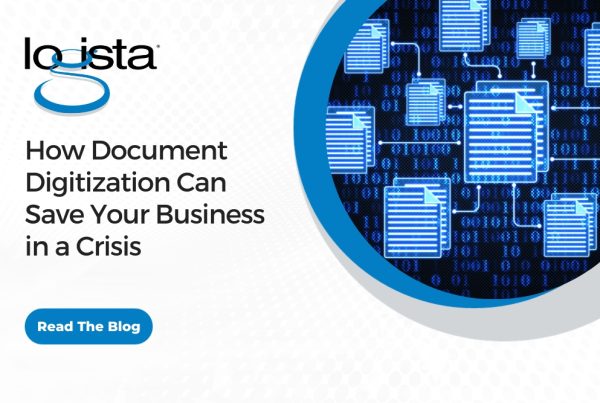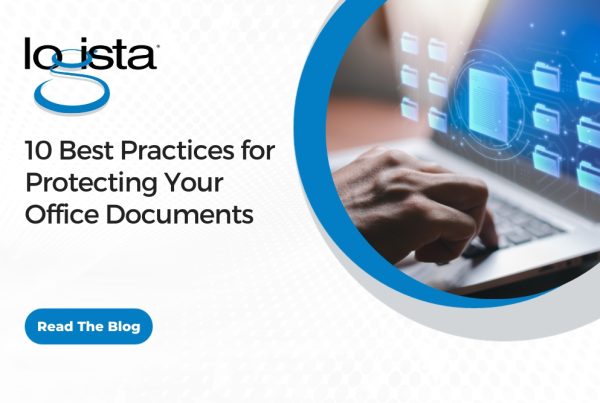Are you tired of drowning in a sea of paperwork and struggling to stay organized? As we step into 2024, it’s time to take control of your documents and embrace a more efficient way of managing your information. From digitizing incoming documents to implementing document management software, strategies like these will pave the way for a streamlined and organized approach to document management in the year ahead.

Are you ready to bid farewell to the paper trail and welcome a future of digital efficiency? Here are 10 ways to help you take control of your documents in 2024.
1. Embrace Document Management Software: Investing in reliable document management software can revolutionize how you handle your documents. These tools offer features such as document organization, version control, collaboration, and secure storage. A document management provider can offer tailored solutions for your unique needs.
2. Go Paperless: Transitioning to a paperless office has many benefits, including reduced clutter, cost savings, and environmental conservation. Start by digitizing your existing paper documents using scanners or document-scanning apps. Implement a system for receiving and storing incoming documents in digital formats whenever possible.
3. Centralize Document Repositories: Create centralized repositories for your digital documents. This could be a cloud-based platform, an internal server, or a dedicated document management system. By storing all your documents in one place, you can easily access, search, and retrieve them whenever needed.
4. Establish File Naming Conventions: Consistent file naming conventions make it easier to locate and identify documents. Develop a naming structure that includes relevant details like document type, date, and project name. This practice ensures uniformity and simplifies document retrieval.

5. Implement Document Version Control: Document version control prevents confusion and ensures that everyone is working on the latest version of a file. Use version control features provided by document management software or employ naming conventions, such as appending version numbers or dates to document filenames.
6. Secure Your Documents: Protecting sensitive information is paramount. Implement robust security measures to safeguard your documents from unauthorized access. Use encryption, strong passwords, and access controls to ensure the confidentiality and integrity of your files.
7. Train Employees: Document management is a team effort. Provide training sessions and resources to educate employees on best practices for document organization, collaboration, and security. Encourage them to embrace digital workflows and ensure they understand the benefits and importance of efficient document management.
8. Regularly Backup Your Documents: Don’t overlook the importance of regular backups to protect against data loss. Establish a backup schedule that suits your organization’s needs and duplicate your documents to multiple locations, both onsite and offsite.
9. Integrate Automation: Leverage automation tools to streamline repetitive document-related tasks, such as data entry, form generation, and document routing. This not only saves time but also minimizes the risk of human error.
10. Regularly Update and Purge: Set aside dedicated time to review and update your document repository. Delete obsolete files and archive those that are no longer in active use. This ongoing maintenance keeps your digital space clutter-free.
Say goodbye to the days of lost documents, cluttered desks, and endless filing cabinets. With these 10 strategies at your disposal, you can revolutionize your document management in 2024 and beyond.
About Logista Solutions
Logista Solutions is a nationally recognized leader in a broad range of technology management solutions. As one of the largest technology support providers in the U.S., Logista provides innovative and holistic solutions to help companies take control of their IT infrastructure and achieve better business outcomes. Popular services include Managed IT as a Service, VoIP and Unified Communications, Managed Print, Cloud Services and Asset Disposition.



